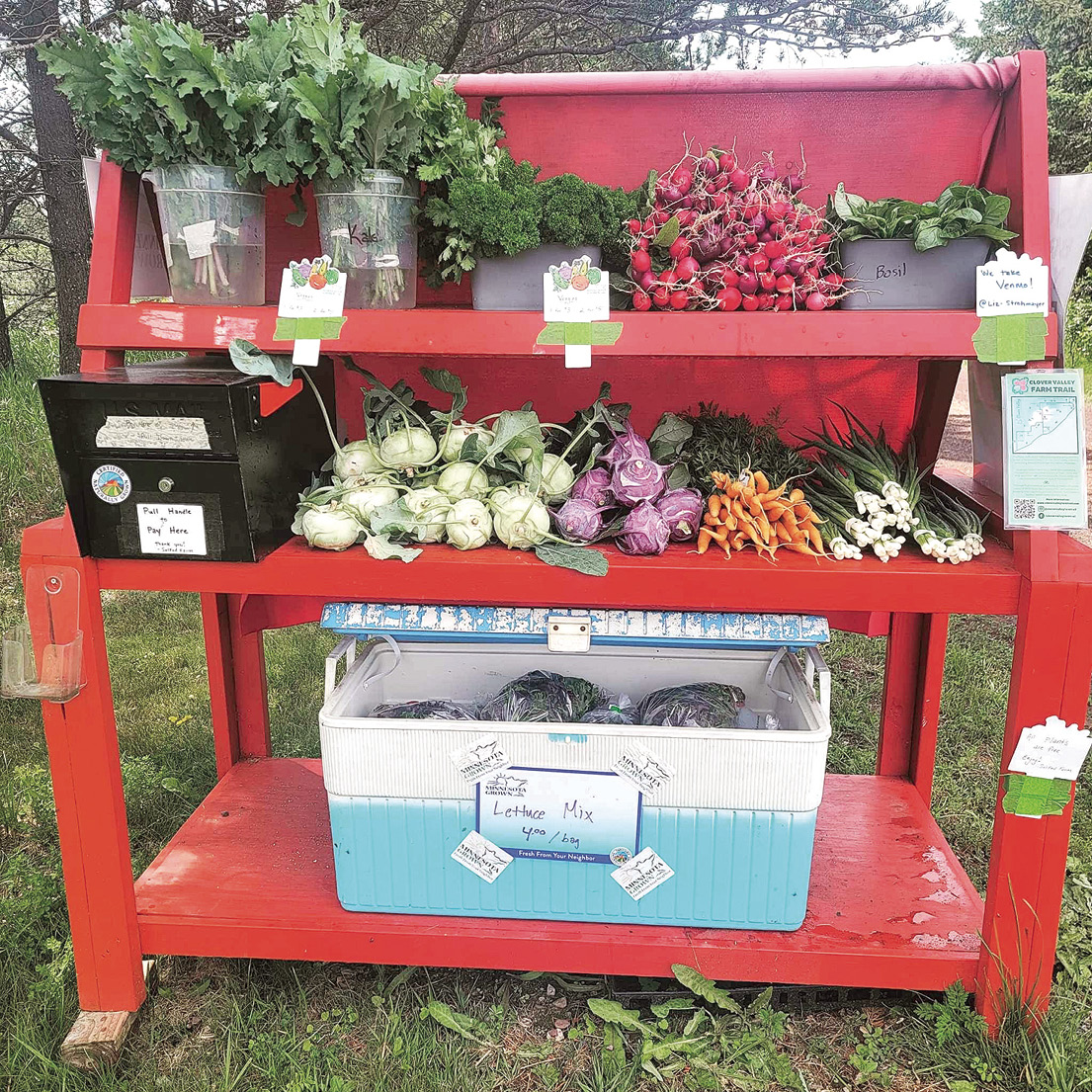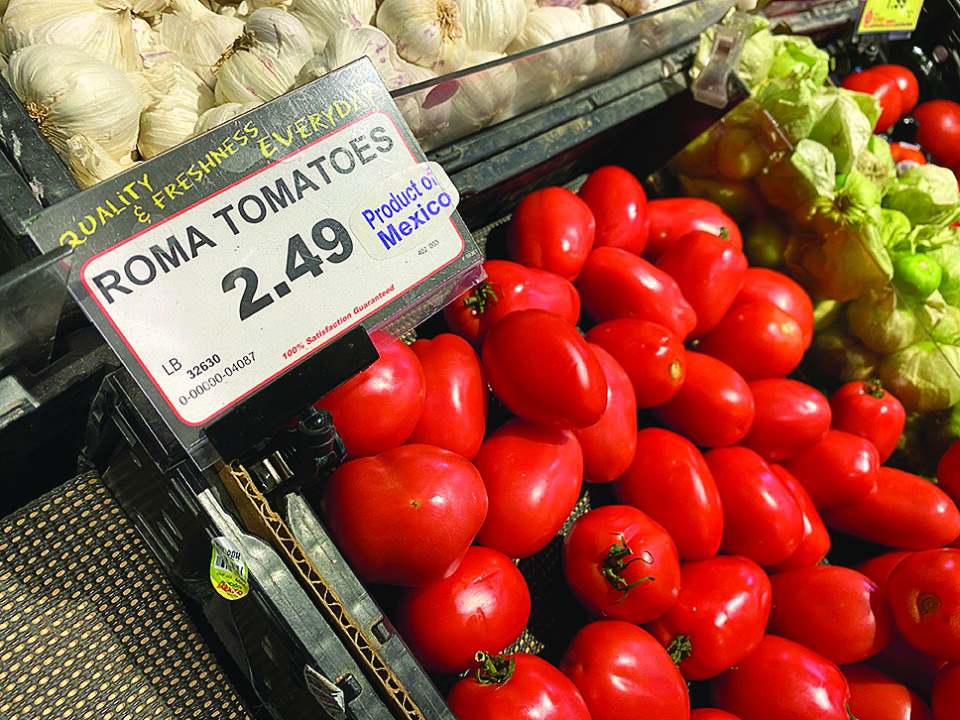Sustainably sourced. Locally grown. You may have seen these words out in the wild at a local restaurant or grocery store, and while these words seem to have pretty clear definitions, you may find yourself wondering what they really mean, in the practical sense. We live in a world where we are bombarded with advertising about everything, and now, more than ever, conscious consumers are echoing the words of the great Inigo Montoya, saying “You keep using that word. I do not think it means what you think it means.” Let’s figure out what it means.
If you haven’t heard the phrase before, greenwashing is an advertising strategy where companies use buzzwords or phrases that make their product seem environmentally conscious, whether or not they actually are in practice. This can mean redesigning a label to look natural, adding misleading verbiage to food labels, and using terms that have flexible meanings. Some greenwashing critics assert that large conglomerates spend more money on advertising their compliance with environmental endeavors than on actually shifting their product to be more environmentally friendly. It is important to remember that most of these greenwashing terms have no universal definition, and thus can be used loosely in advertising to consumers, leaving us guessing as to what they mean in each individual context.
But Virginia, you say, this is a food column, not a commentary on the cultural and ethical implications of advertising in the food industry. You’re right, but stick with me. This is a food column, and as conscientious consumers, it is important that we understand what the words mean so that we can make informed choices when it comes to eating both inside and outside of the home. Grocery stores, co-ops, and restaurants alike use some of these terms, and my goal is that the next time you see these words in those places, you have a better idea of what they may (or may not) mean.
Sustainable
Sustainable might be one of the more confusing terms when used in advertising. Merriam-Webster tells us that this means “a method of harvesting or using a resource so that the resource is not depleted or permanently damaged.” Sustainability means different things in different industries. It means not overfishing an area, so that the population remains healthy enough to not only reproduce, but to support the natural food chain. It means putting effort into building rich and fertile soil without over irrigating and harming local water sources like lakes, rivers, and aquifers. It means being conscious of the problems of deforestation and cultural conflicts that arise as a result of stripping the land of its resources, animals of their habitat, and a people group of their home, resources, and livable labor.
Locally Grown
Locally grown and locally sourced are two phrases that can be used relatively interchangeably, and seem to be straight forward. The food you see advertised as locally grown was grown… locally… right? Maybe. As I said earlier, these terms are not regulated in any way, which means there is no set criteria for what “local” means. Locally grown foods could be grown at the farm down the street, across town, or two states over. Foods that are locally grown generally incur fewer travel miles, making their transportation cost less, and the subsequent environmental impact of that travel is smaller than that of food that comes from across the country. Some restaurants openly disclose the farms where they source their foods, and during the harvest season, it is not uncommon to see signs at the grocery store sharing the name of the farm where their produce was grown.

Wild Caught and Farm Raised
Given our proximity to the great Gitche Gumee, a wonderful source of trout, whitefish, smelt, and more, farmed versus wild caught fish is a nuanced and underdiscussed topic, and one without a clear right and wrong. Wild caught fish are fish that are caught in the wild. Generally speaking, this requires a boat to motor out into the water, catch the fish, and bring them back to be processed. The benefit of wild caught fish is that the fish are usually eating a diverse and natural diet, making the resulting meat leaner and higher in minerals. The down side, of course, is that this requires fossil fuels to get to the fish and often to transport it from where it is caught to where it is sold. Overfishing is also a very real risk, and fish caught in the wild often contain higher levels of mercury. Farm raised fish are a more sustainable fishing option, are cheaper to produce, and have a higher risk of contaminating the waterways in which they are raised, contain lower levels of Omega 3, and are often fed prophylactic antibiotics to keep the fish from getting sick.
What Can You Do?
With a basic understanding of what these terms mean, you can make food choices that align with what is most important to you. If fossil fuels are a concern, you may opt for locally grown foods and farm raised fish. If nutrient density is important to you, you may buy vegetables from a farm focused on composting and crop rotation, and opt for wild caught fish. Below you will find a few other ways to promote sustainability in real and practical ways.
Invest in Your Community
There are many benefits of consuming locally produced foods, but one often overlooked benefit is the way this allows us to invest in our local economies: eating local keeps money within our communities. Rather than trucking in food from across the nation, diluting our food dollars between the farmer, wholesaler, distributor, transportation, and the local market or restaurant, items produced and purchased within our communities keeps that money local, to then be spent and reinvested within the local economy. It is a powerful way to enrich the lives of your neighbors.
Eat Seasonally
If you are reading this, you probably live in a society where you have year-round access to all your favorite foods. We can go to our favorite restaurant to order our favorite meal, banking on and appreciating the reliability of the menu. Before the advent of mass farming, the railroad, interstate highways, and in-home refrigeration, people’s diets shifted with the seasons, and this is something we can lean into even today. We can know the produce that is available in our area, and alter our diets to consume those things when they are in season. This doesn’t mean never having a tomato out of season, but simply leaning into the seasonal nature of harvest, which leads me to my last tip…
Know Your Farmer
There are so many wonderful, resilient, and passionate farmers all around us. One way we can support our local economies, reduce fossil fuel use, and eat truly deliciously fresh food is to just look around. Find a farmer’s market in your area, and in the springtime, consider joining a CSA (community supported agriculture, basically a subscription box of vegetables from a local farmer). In some cases, small farms join together to form an alliance that supports one another. For example, in the Duluth/Two Harbors area you can find the Clover Valley Farm Trail, where farm stands are stocked twice a week along the side of the road, and passersby can simply stop in and see what’s in season and in stock.
This barely scratches the surface of the topic of sustainability within our food supply, but I hope that, unlike Vizzini, you can use the words “sustainably sourced” and “locally grown,” and have a fair idea of what they mean, and what they don’t mean. For most of us, it isn’t realistic to purchase only local foods, to bring back the Victory Garden and stock our root cellars full of home-preserved and locally grown foods, but we can take some steps, big or small, toward prioritizing the aspects of sustainability that are most important to us. For some, that’s shopping at a farm stand for weekly vegetables. For others, dining at restaurants that purchase foods from local farms may be the priority. Whatever your values, I hope you will feel empowered to make purchasing decisions you feel good about.




